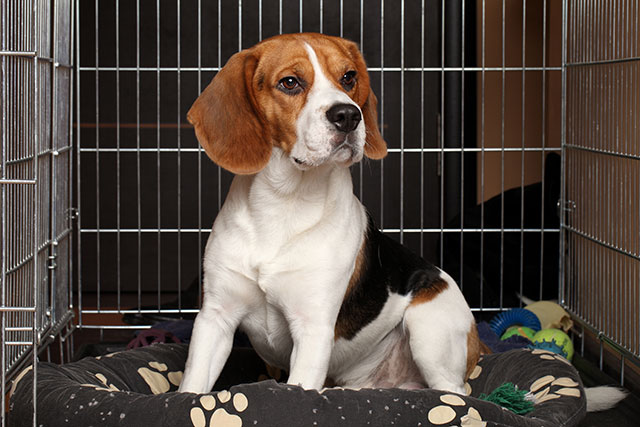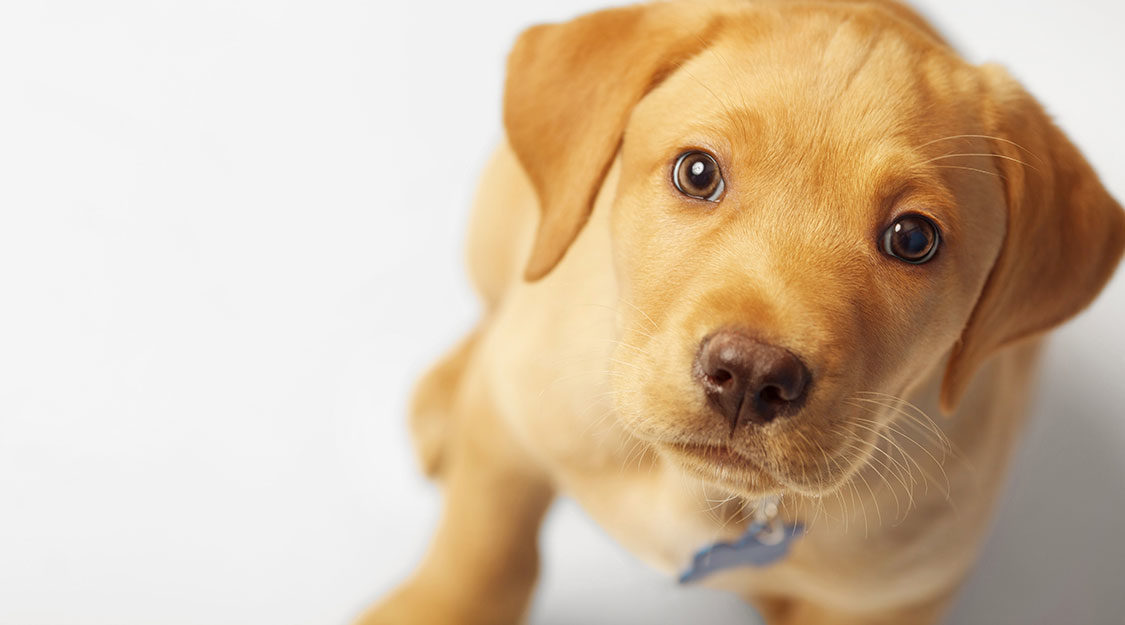Crate training a puppy
Bringing home a new puppy is a thrilling, exciting experience. However, for a small puppy, the new smells and experiences inside his new home can be quite overwhelming and confusing. Introducing a crate to your puppy right from the start will make the event as pleasant for your puppy as it is to you.
Crate training a puppy will help you in three different ways:
- Helping with housebreaking
- Confining a mischievous mutt
- Giving the puppy a private space where he can retreat and feel safe
When choosing a crate, make sure that you know how big a dog your puppy will eventually grow into. Buy a crate that will also be suitable to use for what eventually will become a mature dog. Pay attention that he can stand up and turn around comfortably once he’s a big grown up dog. If the crate you’re buying is a lot bigger than the puppy, you can block off a portion of the crate to create a smaller space. Some crates come with this kind of flexibility built in.
Crates are made from either plastic or metal. Some can be used as travel crates and some are more like square fences with open metal sides. Put the crate wherever the family is gathering so that your little friend doesn’t feel left out. Puppies and dogs are pack animals, so keep in mind that they need be near their pack.
Housebreaking help
Dogs naturally don’t like to soil their living space, so a puppy will learn to control his bladder and bowel faster when crate training. Some things to remember when crate training a puppy are:
Take your puppy out regularly
You must take the puppy out regularly to make sure he has the chance to relieve himself. Praise him enthusiastically when he goes outside so that he understands that this is the right place to take care of his business.
Also, if you follow a routine, he can begin to trust that you, as his pack leader, will take care of his needs and then will be more comfortable waiting for that time.
Be patient
Puppies are just like little children, young and constantly in learning mode. It can take three to six months for a puppy to gain full control of his bladder and bowel.
Confining and comforting
The best part about puppies is their endless playfulness and goofy behavior, which however can turn into some of the most frustrating things as well as it’s often hard to keeping up with this almost continuous high-energy activity.
That playfulness can also easily turn into mischievous behavior, such as you’re your puppy decides to switch from chewing his toy to chewing your couch.
Isolate your puppy when he does not follow your commands to stop his destructive behavior.
When you are crate training a puppy, make sure you give him plenty of play-time and affection before putting him in the crate. Let him get tired, both physically and mentally so that he will want to rest rather than feels restless and punished.
It’s important that you never use the crate as a place of punishment because you want to make sure that your puppy looks forward to entering his crate.
As he grows and learns to behave well, he can be given more and more freedom outside his crate. If you leave the crate in the family’s living area with the door open, there’s a good chance that your pup will retreat into his crate on his own accord just to get away from everything that is happening around him.
One of the greatest gifts you can give your new family member is a place that helps him learn correct behavior and where he feels comfortable each time he is either tired or feels like retreating into his own world for some time.

